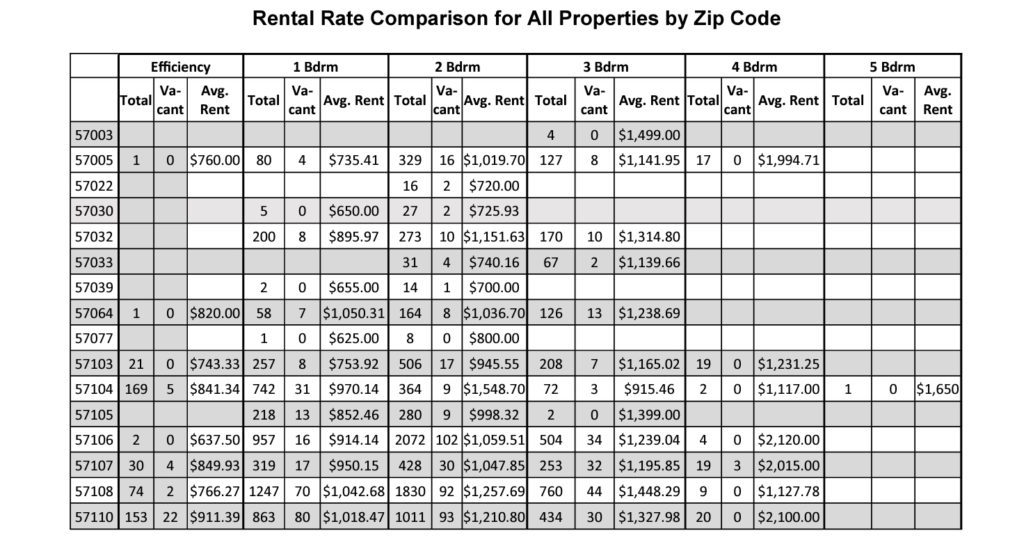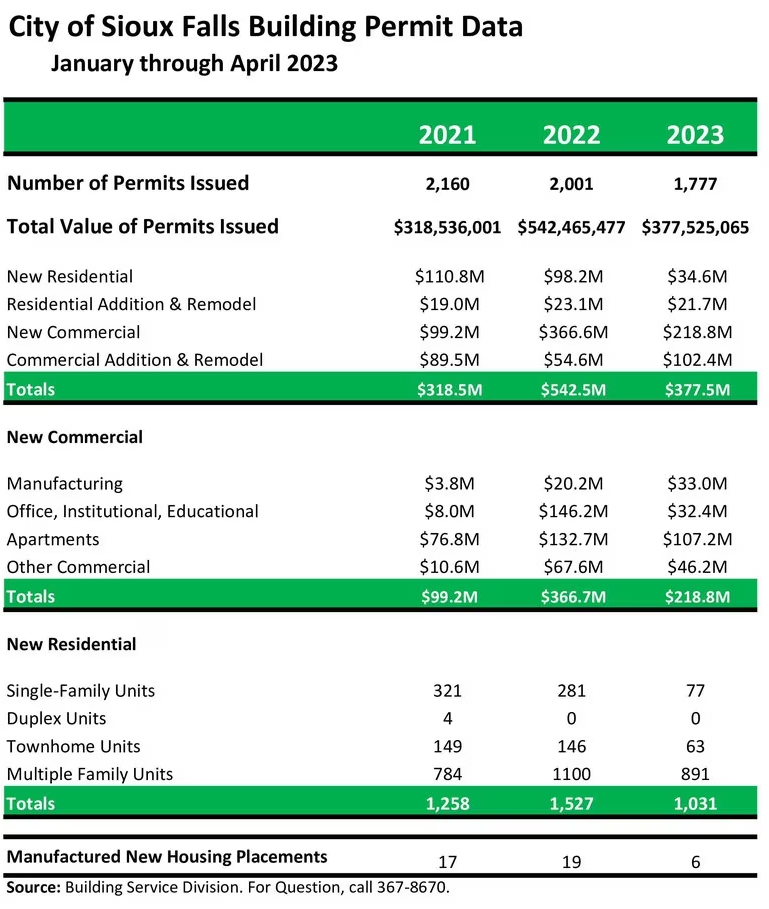Are Rents in Sioux Falls Affordable?
Recently Sioux Falls Business did this article about apartment availability.

If you go to my zip code, the average 1-bedroom apartment is $970 a month. You would have to make at least $38,000 a year or around $18 an hour to afford this (30% of income).
I heard a rumor recently that 70% of job listings in Sioux Falls pay $15 or less.
It seems in Sioux Falls we have affordability issues with all kinds of things like groceries, housing, and childcare. Maybe Sioux Falls doesn’t have an affordability issue, maybe it has a wage issue?
But don’t bother our local leadership with that issue, because they will tell us that wages should be determined by the FREE market, you know, the FREE market in South Dakota that allows business owning legislators to take government handouts, or that same FREE market that creates special tax districts so developers can buy skywalks and public art, or the millions and millions we give away for parking ramps that will be obsolete within 10-20 years.
While our local governments are quick to throw money at the top and hope it trickles down to the rest of us, they really need to put their foot where the sun doesn’t shine and get businesses to pay living wages, then things like buying a home or even a loaf of bread are a lot less challenging in our community.
The city council has the power and authority to pass policies that would help wage earners in our community, for example, an ordinance that requires all businesses advertising for employment within city limits list their starting wage, or raising the city’s minimum wage to $15 per hour or more.
When we talk about the affordability of our city, it really comes down to what our employers are willing to pay and little else because all this talk about affordability is just a smoke screen to what our real problem is, CRAPPY WAGES!
